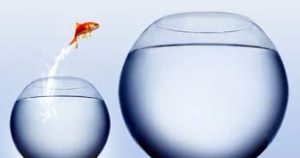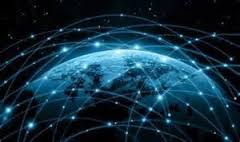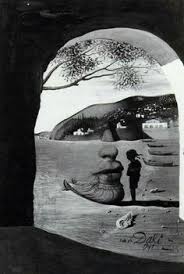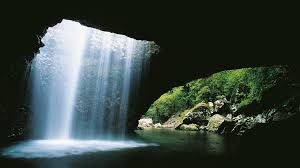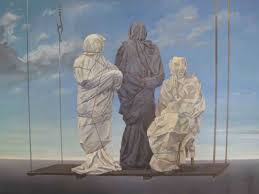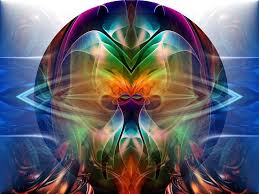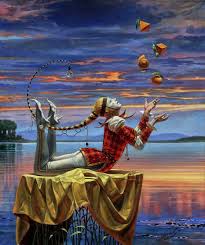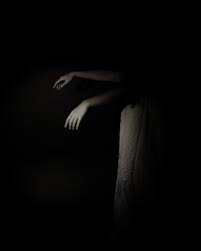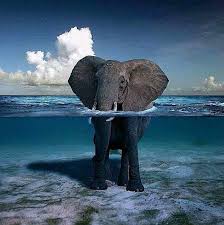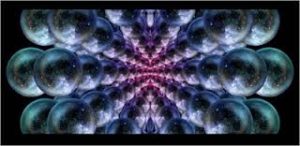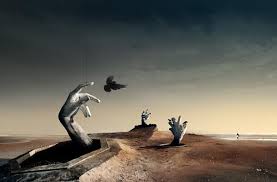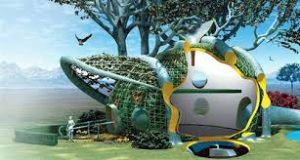The year 2022 exists in all of its potential versions, now in this moment. Because mass events are concerned there is not a completely different year, of course, for each individual on the face of the planet — but there are literally an endless number of mass-shared worlds of 2022 “in the wings,” so to speak.
It is not quite as simple a matter as just deciding what events we want to materialize as reality, since we have, in our terms, a body of probabilities of one kind or another already established as the raw materials for the coming year. It would be quite improbable for us, to suddenly turn into a tailor, for example, for none of our choices with probabilities have led toward such an action.
In like manner, England in all probability next year will not suddenly turn into a Mohammedan nation. But within the range of workable probabilities, private and mass choices, the people of the world are choosing their probable 2022.
I am taking my time here, for there are some issues that I would like to clear up, that are difficult to explain.
Any of the probable actions that a person considers are a part of that person’s conscious thought. Just underneath, however, people also consider other sets of probabilities that may or may not reach conscious level, simply because they are shunted aside, or because they seem to meet with no conscious recognition. I want us to try and imagine actual events, as we think of them, to be the vitalized representations of probabilities — that is, as the physical versions of mental probabilities. The probabilities with which we are not consciously concerned remain psychologically peripheral: They are there but not there, so to speak.
Our conscious mind can only accept a certain sequence of probabilities as recognized experience. As I have said, the choices among probabilities go on constantly, both on conscious and unconscious levels. Events that we do not perceive as conscious experience are a part of our unconscious experience, however, to some extent. This applies to the individual, and of course en masse the same applies to world events. Each action seeks all of its own possible fulfillments. All That IS seeks all possible experience, but in such a larger framework in this case that questions of, say, pain or death simply do not apply, though certainly they do on the physical level.
Great expectations, basically, have nothing to do with degree, for a grass blade is filled with great expectations. Great expectations are built upon a faith in the nature of reality, a faith in nature itself, a faith in the life we are given, whatever its degree — and all children, for example, are born with those expectations. Fairy tales are indeed often — though not always — carriers of a kind of underground knowledge, as per Cinderella, and the greatest fairy tales are always those in which the greatest expectations win out: The elements of the physical world that are unfortunate can be changed in the twinkling of an eye through great expectations.
Our education tells us that all of that is nonsense, that the world is defined by its physical aspects alone. When we think of power we think of, say, nuclear energy, or solar energy — but power is the creative energy within men’s and women’s minds that allows them to use such powers, such energies, such forces.
The true power is in the imagination which dares to speculate upon that which is not yet. The imagination, backed by great expectations, can bring about almost any reality within the range of probabilities. All of the possible versions of 2022 will remain psychologically peripheral, in the background of our conscious experience — but all of those possible versions will be connected in one way or another.
The important lessons have never really appeared in our societies: the most beneficial use of the directed will, with great expectations, and that coupled with the knowledge of Framed-minds-1 and 2 activities. Very simply: We want something, we dwell upon it consciously for a while, we consciously imagine it coming to the forefront of probabilities, closer to our actually. Then we drop it like a pebble into Framed-mind-2, forget about it as much as possible for a fortnight, and do this in a certain rhythm.
Resolutions help focus both mind and imagination. that focusing helps us act, to be.
In the most basic of terms, as 2022 happens the energy that comes into our universe is as new as if( in our terms) the world were created yesterday — a point that will be rather difficult to explain. All of the probable versions of 2022 spin off their own probable pasts as well as their own probable futures, and any consciousness that exists in 2022 was, (again in those terms) a part of what we think of as the beginning of the world.
Like the entire 911 affair, any physical event serves as a focus that attracts all of its probable versions and outcomes. The situation was a materialized mass dream, meant to be important and vital on political and religious platforms of reality, meant to dramatize a conflict of beliefs, and to project that conflict outward into the realm of public knowledge. Everyone involved was consciously and unconsciously a willing participant at the most basic levels of human behavior, and it is of course no coincidence that today is foreshadowed by the event. What will the world do wit it?
Our TV and news systems of communication are a part of the event itself, of course. It is in a way far better that these events occurred now, and in the way that they have, so that the problems appear clearly in the world arena.
Religious beliefs will be examined as they have not been before, and their connections and political affiliations. The Arab world still needs the West, and again, it is better that those issues come to light now, while they must to some extent consider the rest of the world.
Do not personally give any more conscious consideration, each human being, to events that we do not want to happen. Any such concentration, to whatever degree, ties us in with those probabilities, so concentrate upon what we want, and as far as public events are concerned, take it for granted that sometimes even men and women are wiser than they know.
EFFECTIVE RESOLUTIONS:
1: I will approve of myself, my characteristics, my abilities, my likes and dislikes, my inclinations and dis-inclinations, realizing that these form my unique individuality. They are given me for a reason.
2: I will approve of and rejoice in my accomplishments, and I will be as vigorous in listing these — as rigorous in remembering them — as I have ever been in remembering and enumerating my failures or lacks of accomplishment.
3: I will remember the creative framework of existence, in which I have my being. Therefore the possibilities, potentials, seeming miracles, and joyful spontaneity of Framed-mind-2 will be in my mind, so that the doors to creative living are open.
4: I will realize that the future is a probability. In terms of ordinary experience, nothing exists there yet. It is virgin territory, planted by my feelings and thoughts in the present. Therefore I will plant accomplishments and successes, and I will do this by remembering that nothing can exist in the future that I do not want to be there.


